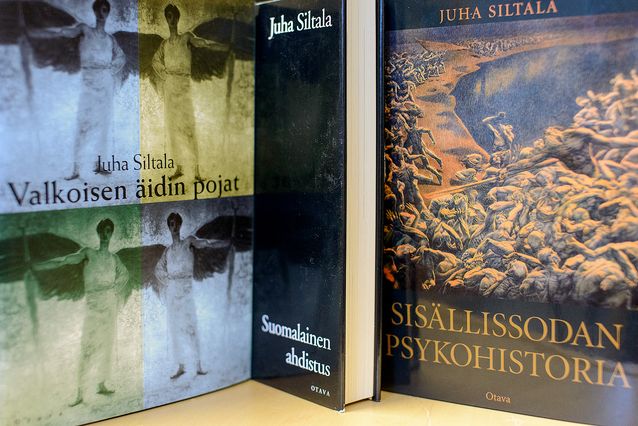Juha Siltala
Juha Heikki Siltala
Born November 25, 1957
Master of Arts 1982 (general history) and PhD 1985 (Finnish history), University of Helsinki
Docent in History 1990–, University of Helsinki
Docent in cultural history 1995–, University of Turku
Professor of Finnish history 1997–, University of Helsinki
Research fellow 1985–97, Academy of Finland
Publications, research projects and other academic activity
Membership of scholarly societies:
The Finnish Historical Society
Finnish Academy of Science and Letters
Association for Psychoanalytic Study of Culture & Society
International Society for Political Psychology
European Human Behavior and Evolution Association, Capitalism, State and Society research network
Awards and special achievements:
State Award for Public Information 1993
MTV 3 Award for Culture 1993
Researcher of the Year 1998
Väinö Tanner Foundation award 2000
Award of the Finnish Evangelical-Lutheran Church 2004
Award of the Finnish Social Forum 2005
Women Journalists in Finland award 2005
Membership of the Finnish Academy of Science and Letters 2014
Photo: Eetu Sillanpää, WSOY
Written by Juha Siltala (Riitta-Ilona Hurmerinta, ed.)
Translated by Matthew Billington

